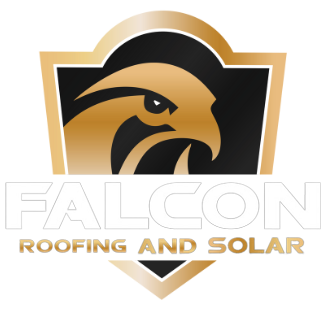Your roof is the first line of defense against harsh weather conditions, providing shelter and safety. However, roofs are not immune to damage. From simple leaks to severe deterioration, a myriad of issues can arise that compromise the roof’s integrity. To aid homeowners and facility managers, this article will outline common roofing problems, from roof leaks to damaged shingles, and suggest appropriate solutions.
Roof Leaks
Perhaps the most common issue that plagues roofs is leaking. Roof leaks can be caused by a variety of factors, such as improper roof installation, storm damage, or natural wear and tear.
Leaks are often difficult to detect until they have caused significant damage. Therefore, it is crucial to keep an eye out for signs of a leaking roof. These include water stains on the ceiling or walls, musty odors in certain rooms, or spots where the roof deck is sagging.
To fix a leaking roof, first identify the source of the leak. This may involve a thorough inspection of the roof and the underlying structure. Once the source has been found, the damaged area can be patched or replaced. It’s often best to consult with a professional roofing company to ensure the leak is properly addressed, and further damage is prevented.
Damaged Shingles
Shingles, especially asphalt ones, are vulnerable to various types of damage such as cracking, curling, and blistering. Harsh weather conditions like wind, rain, hail, and extreme temperatures can lead to these issues. Damaged shingles can create entry points for water, leading to leaks or even structural damage.
To identify damaged shingles, regularly conduct visual inspections, especially after severe weather. Look for signs like missing shingles, granules in the gutters, or shingles that are visibly cracked, curled, or discolored.
Replacing damaged shingles promptly is key to preventing further roof damage. This task can be a DIY project for those with some experience in roofing, but it’s generally recommended to hire a professional roofing company to ensure proper installation and to maintain the warranty on the shingles.
Poor Roof Ventilation
Proper roof ventilation is crucial for the longevity of your roof. Without adequate ventilation, heat and moisture can build up in the attic, leading to roof deterioration and damage to the interior of the home. Signs of poor ventilation can include a dramatic increase in energy costs, a hot and humid attic, and ice dams formation during winter.
Improving roof ventilation requires the correct balance of intake and exhaust vents. This might involve adding soffit vents for intake and ridge vents for exhaust. A professional roofing company can conduct an assessment and offer solutions tailored to your home’s needs.
Lack of Regular Roof Maintenance
Many roofing issues can be prevented or quickly resolved with regular roof maintenance. Unfortunately, maintenance is often overlooked until a significant problem arises.
Routine roof maintenance should include cleaning gutters, checking for damaged or missing shingles, inspecting seals around vents and chimneys, and ensuring proper attic ventilation. Regular maintenance can catch minor issues before they turn into significant problems, saving time and money in the long run.
Maintain Your Healthy Roof
While the problems mentioned above – roof leaks, damaged shingles, poor roof ventilation, and lack of maintenance – are common, they can often be prevented or minimized with proactive measures and timely interventions. Regular inspections, prompt repairs, and diligent maintenance are key to maintaining a healthy roof.
Remember, while some minor roof repairs can be a DIY project, many issues are best left to professionals. So, whenever in doubt, consult with a reputable roofing company to ensure your roof remains in the best possible condition.

